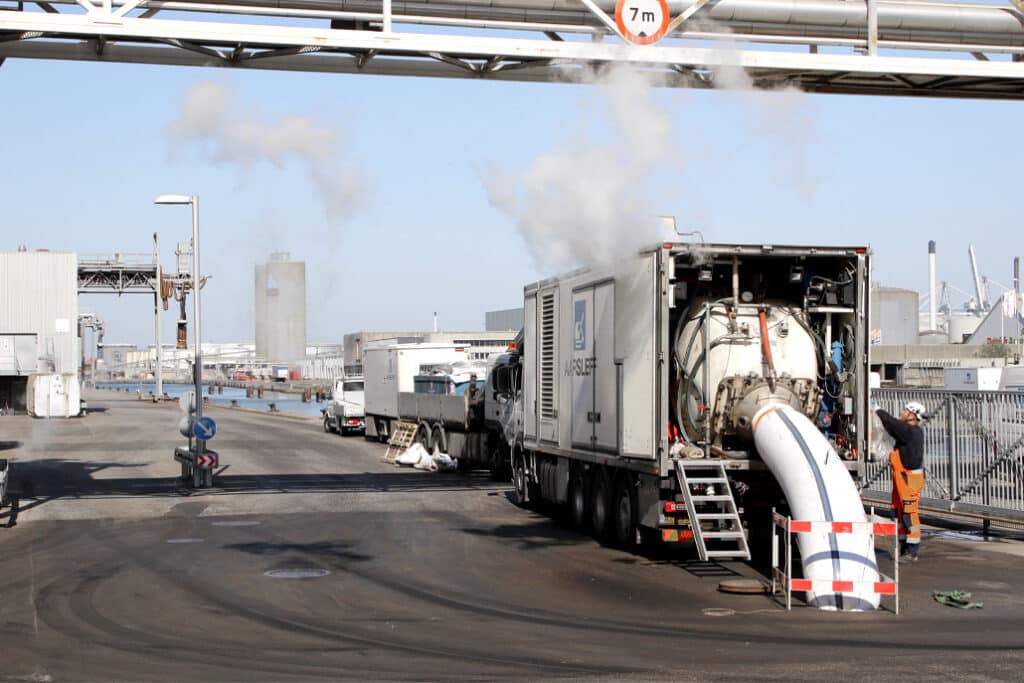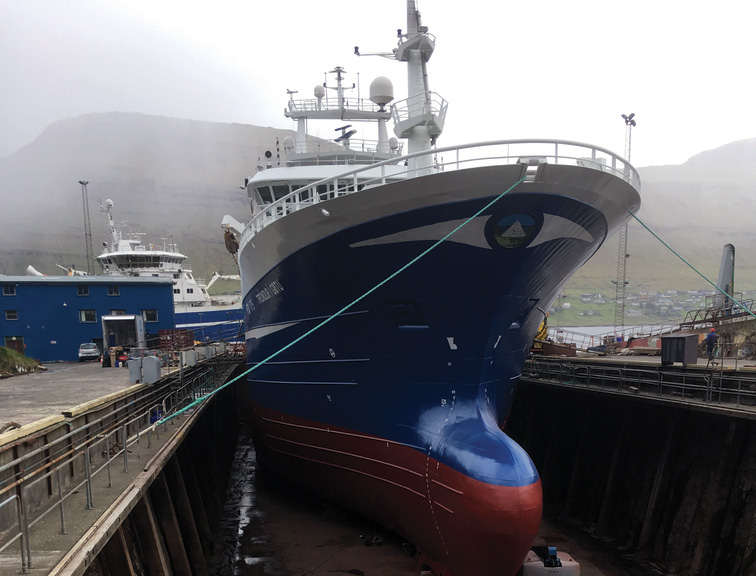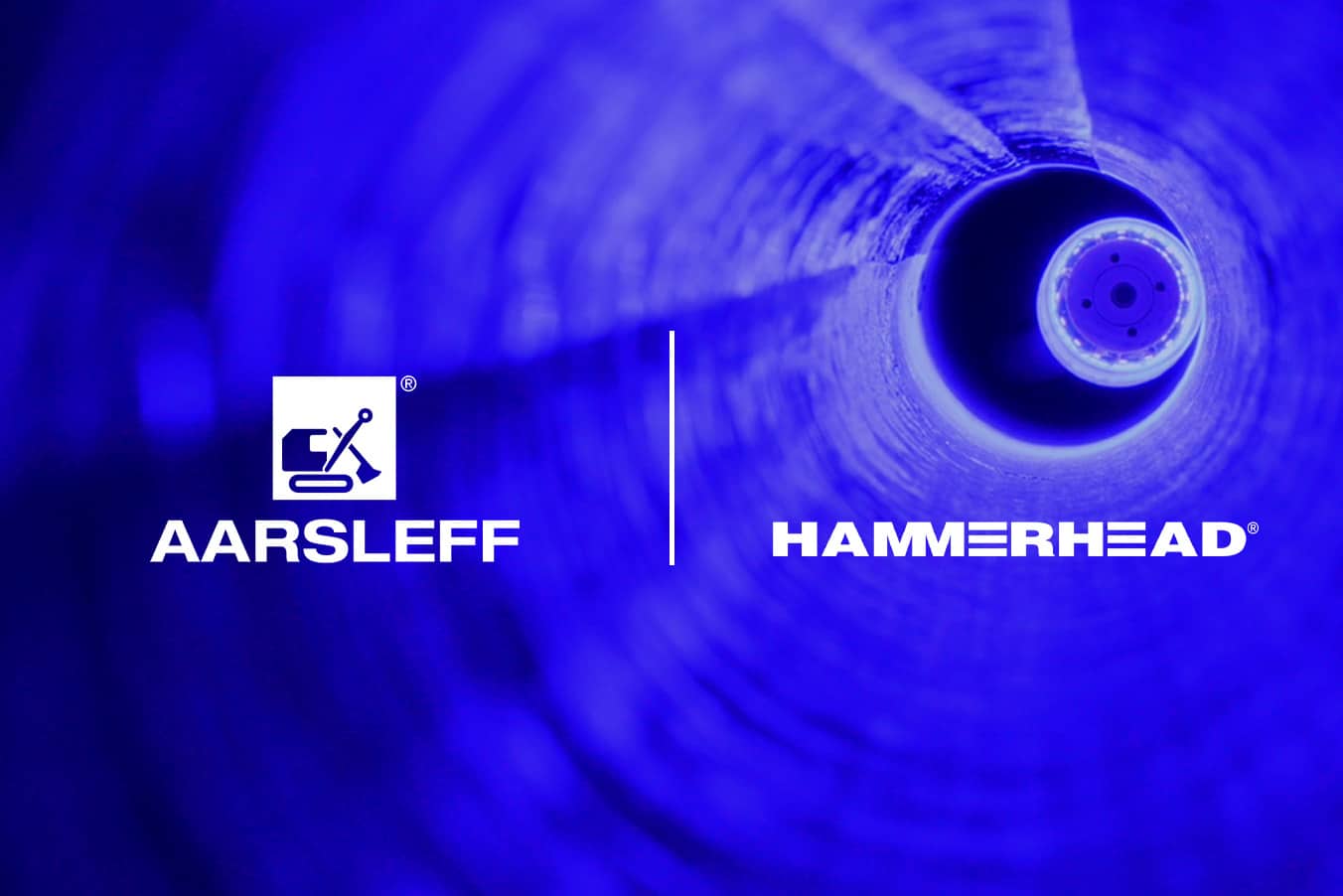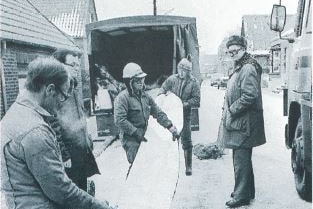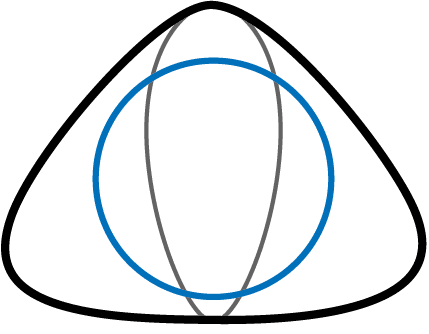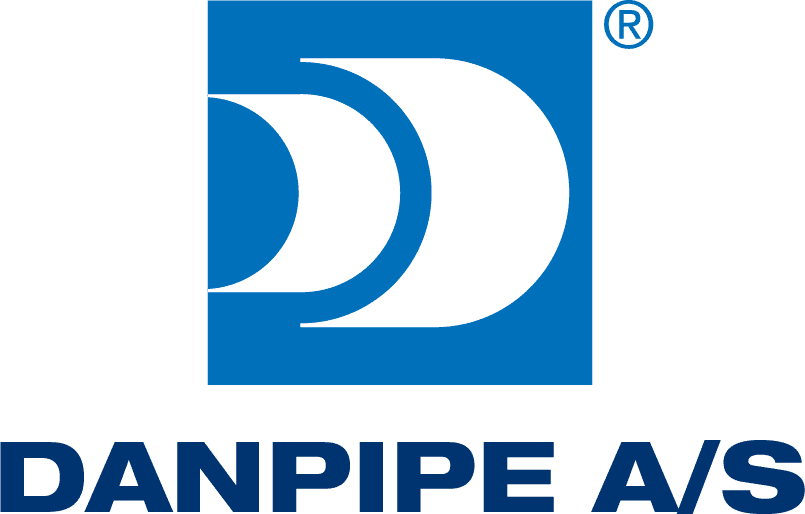Underneeth the largest industrial harbour in Denmark
Sewage renewal under the Port of Aarhus
At the Port of Aarhus, one of the biggest commercial and traffic harbours in Denmark, there has been major investment in plans to renew the pipe network and to refurbish both pipes and manholes, using cured-in-place pipe lining (CIPP) technology. Thereby, the Port of Aarhus avoids excavation and major inconvenience for the industry and commerce operating in the harbour. Aarsleff Pipe Technologies are in charge of the project.
Aarsleff dives under the Port of Aarhus to renew manholes and sewer
“We have now reached the consequences of the fact that our pipes in the older part of the harbour are substantially worn down. In the past we have dealt with heavily damaged pipes, and we had to dig them up and install new ones. That is extremely expensive, and it is hugely inconvenient for our clients in the harbour, so we will now avoid this in the future,” says Allan Pedersen, civil engineer at the Port of Aarhus with responsibility for roads, infrastructure and sewage pipes.
For the Port of Aarhus, optimal operation for all companies and clients is crucial, so it is essential that the sewage system and manholes do not collapse, thus making closure necessary: for example, a quay or access roads to parts of the harbour.
“The investment in renewal plans saves us a lot of money: not only because we avoid expensive shutdowns, but also because we prevent the sewage network from ending up in such a bad state that it is no longer possible to renew with cured-in-place pipe liners and instead have to excavate and install new ones. It is also an investment in a healthy environment at the harbour,” says Allan Pedersen.
Hydrogen sulphide corrosion of pipes and manholes
In the first phase, Aarsleff has renewed a total of 2.5 km main sewage pipe and 23 manholes in the South Harbour, where, for example, there are a number of large industrial companies that release wastewater into the sewers. This is one of the reasons that the old clay and concrete pipes became porous.
“In the South Harbour we concentrated on renewing the part of the sewage network that has suffered the most damage. We also renewed the associated manholes. The new renewed pipelines are resistant to hydrogen sulphide corrosion, but this meant that if we didn’t renewed the manholes as well, they would be attacked instead,” explains Rasmus Tranum Feldborg, project manager at Aarsleff Pipe Technologies.
Cured-in-place pipe liners are polyester or glass fibre liners that are inserted into existing, worn-out sewer pipes and manholes, thereby saving time and money, when compared to excavating tarmac or tiled areas. An Aarsleff cured-in-place pipe liner is tested at the Danish Technological Institute and has an expected service life of up to 100 years.
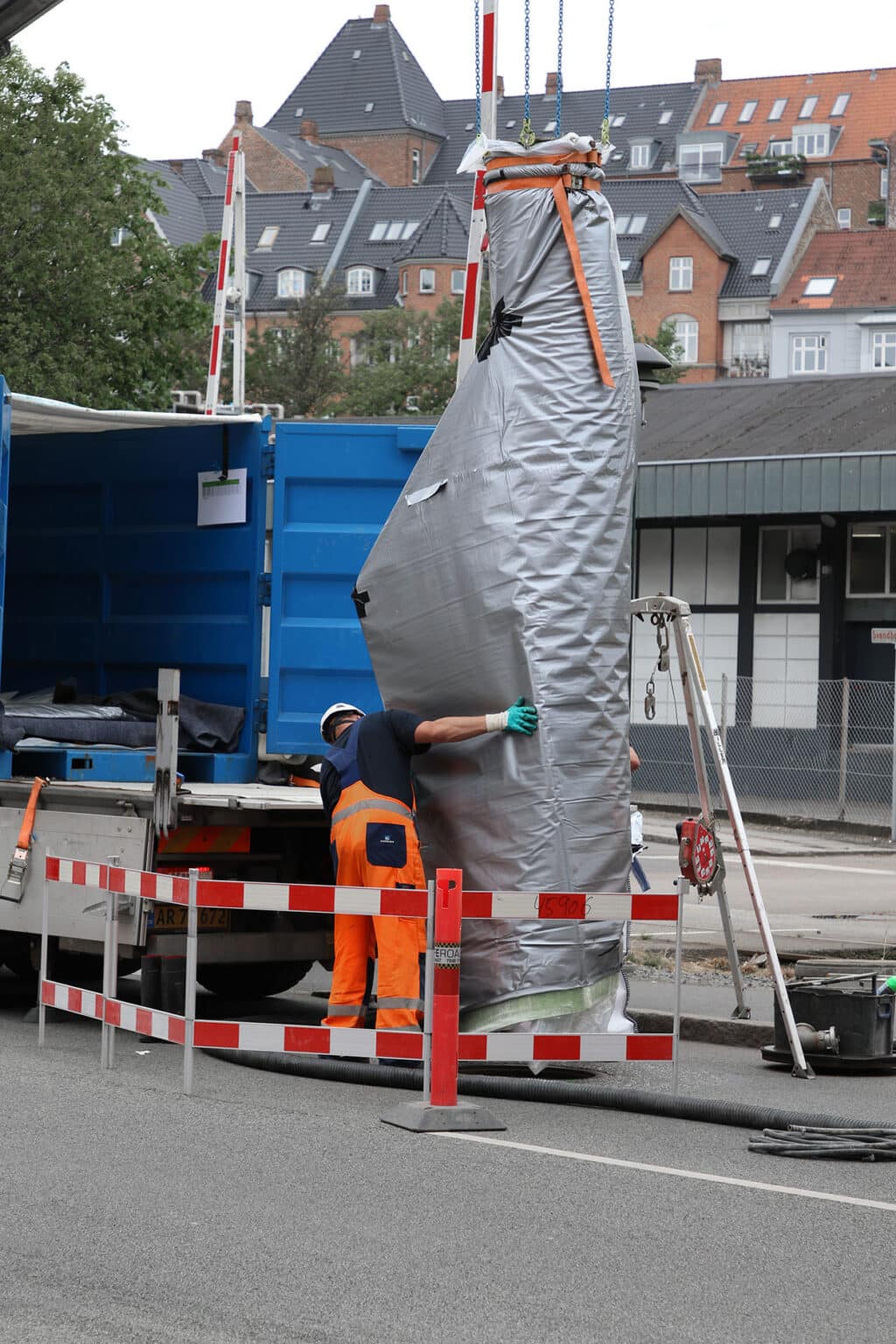
Installed and hardened using UV light
As with the horizontal sewage pipelines, today it is also possible to renew manholes without the need for excavation. It is a highly efficient and financially advantageous method, which also causes a minimum of inconvenience for industry, commerce and traffic: for example, at the Port of Aarhus.
“Based on accurate measurements, we tailor the glass liner that are going to be installed and harden using UV light. The socks are constructed with several flexible layers and with a specially adapted resin. So, we can perform quick, secure installation to fit an existing manhole perfectly. In this case too, there is a service life of up to 100 years,” says Rasmus Tranum Feldborg.
The bottoms of the manhole can be made with a fibre-reinforced concrete or hand-laminated fibreglass coating. At the inlet in the manhole wall, down-lead shells are fitted with internal down-leads.

